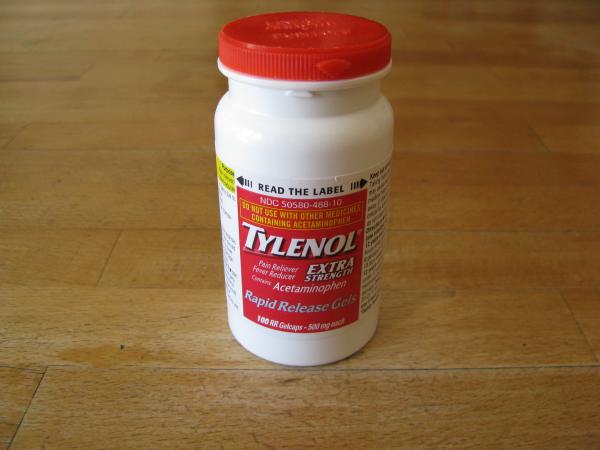A new study published in the British Journal of Clinical Pharmacology suggests increased use and overdose of the common over-the-counter (OTC) pain reliever and fever reducing medication, acetaminophen, happens during cold and flu season. No surprise there. People don’t often realize that there are multiple medicines in OTC cold and cough remedies and they routinely take a few different ones when sick, thereby ingesting excessive amounts as many contain it as an active ingredient.
These findings are in line with a disturbing trend of medication errors being on the rise outside of healthcare facilities - many resulting in serious outcomes and most frequently occurring at home. Though the design of this recent research leaves much to be desired given it involved online self-reporting as well as survey collection among other limitations, it follows a known pattern of noncompliance whether discussing drugs on the pharmacy store shelves or those obtained via prescription.
Since, according to the authors, the overuse of acetaminophen is responsible for 112,000 annual calls to poison control centers, 59,000 emergency room visits and 38,000 hospitalizations, clarifying confusion is certainly worth the effort to help diminish the healthcare burden.
Fortunately, this study's glimpse into improper acetaminophen self-administration didn’t yield severe consequences like known liver damage given participants didn’t substantially exceed maximum daily recommendations or on a majority of usage days. But, this is where it is important to recognize that this is a very dangerous drug when taken at supratherapeutic levels. Lately, the standard of care is to err on the lower side of dosing since we see liver toxicity at not as high a level as previously thought. Acetaminophen is the perfect example of how an OTC drug can pose greater risk in high quantities than another medication might that is prescription. Taken in an appropriate dose it can be helpful and safe. But, go overboard through combining drugs to exceed recommended guidelines and/or add alcohol and other toxic substances and the damage can be signficant.
There are a variety of factors that influence improper medication use. For one, during an acute illness like flu or other respiratory infections, polypharmacy can be problematic coupled with sleep deprivation, several family members sick in a household or more than one caregiver, to name a few.
Then, there are the issues in the realm of chronic disease. According to a recent study that tracked unintentional therapeutic pharmaceutical errors and focused on those causing profound impairment, disability and death, there was a 100% rate increase from 2000 to 2012. All age groups reflected such an increase, except those under six years of age (likely explained by the FDA’s 2007 restriction of cold and cough suppressant sales to children under six due to their lack of proven efficacy and their ability to do harm). See Serious Medication Mistakes Happening At Home—The Why Depends On The Who.
Many solutions attempting to make a dent in the issue are already in play, like containers that alarm if a person misses a dose. The FDA just approved the first pill with an ingestible tracking sensor. Though there are concerns over whether this is too invasive and imperils patient privacy, the technology is quite innovative. To learn more, read FDA Approves Pill With Tracking Sensor: Ingenious or Big Brother?
The take home message with respect to this acetaminophen publication is that possible seasonal variability in usage could help best target more informed and educational public health messaging. Despite the work’s restrictions, it helps reinforce that there is still room to improve compliance and a focus should be on spreading awareness about the hazards of combining medicines. In appropriate doses, modern medicine can often miraculously assuage suffering and promote cures. Step outside the therapeutic window and the range of adverse outcomes can shift from minor to fatal, after all it is the dose that makes the poison.




